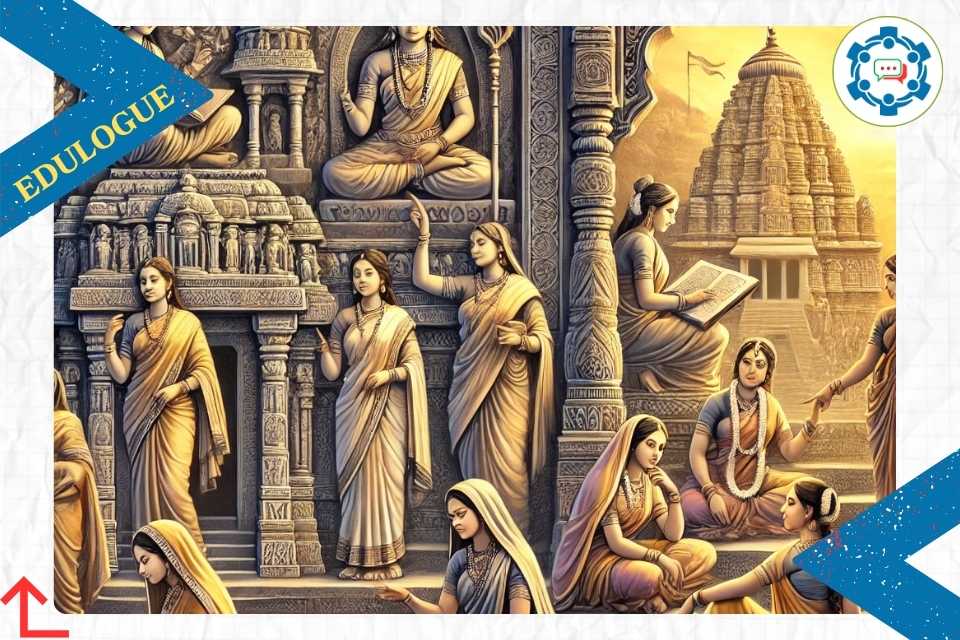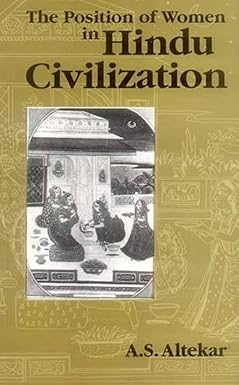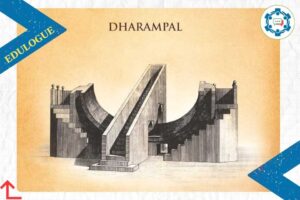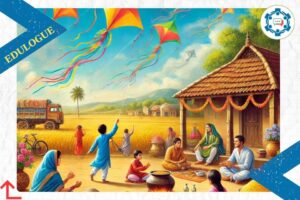

A.S. Altekar’s Position of Women in Hindu Civilization: From Prehistoric Times to the Present Day provides an exhaustive historical analysis of the status of women in Hindu society. Spanning over 4,000 years, the book critically examines the evolving roles of women in areas like education, marriage, widowhood, public life, property rights, and societal attitudes. The author aims to provide a balanced and realistic assessment of the challenges and contributions of women throughout Hindu civilization, while offering insights for addressing contemporary gender issues.
Key Concepts
- Comprehensive Historical Perspective:
Altekar maps the changing status of women across major historical epochs, from the Vedic period to the modern day, analyzing how sociocultural and religious factors shaped their roles. - Childhood and Education:
The book discusses early life education for women, highlighting shifts from Vedic encouragement of learning to later restrictions. - Marriage and Widowhood:
With dedicated chapters on marriage and the position of widows, Altekar delves into topics like age at marriage, dowry practices, Sati, and societal expectations for widowed women. - Public Life and Religion:
Women’s participation in public, political, and religious spheres is examined, noting periods where women enjoyed autonomy and influence alongside times of marginalization. - Property Rights and Fashion:
A detailed study of proprietary rights, inheritance laws, and the influence of fashion and cultural practices on women’s identities is provided. - Realism and Impartiality:
The book strikes a balance by acknowledging both the strengths and limitations of Hindu society, avoiding glorification or undue criticism.
Implications
Altekar’s work offers valuable insights into the historical treatment of women and how those legacies shape contemporary gender dynamics:
- Revisiting Cultural Narratives: The book encourages a critical reflection on cultural traditions that influence women’s roles, helping modern society evaluate their relevance today.
- Policy and Gender Equity: Policymakers and educators can use the historical analysis to address systemic inequalities and craft initiatives promoting gender parity.
- Empowering Future Generations: Understanding historical struggles and achievements of women can inspire new generations to advocate for justice and equity in all spheres of life.
Related Books
- The History of Doing: An Illustrated Account of Movements for Women’s Rights and Feminism in India, 1800-1990 by Radha Kumar
A visual and historical journey of women’s rights movements in India. - Hindu Women and Marriage Law: From Sacrament to Contract by Monica Sakhrani
Explores the legal and societal shifts in the institution of marriage in Hindu society. - Gendering Caste Through a Feminist Lens by Uma Chakravarti
A critical examination of how caste intersects with gender in shaping societal roles.
Further Readings
- Roy, K. (2010). The Power of Gender and the Gender of Power: Explorations in Early Indian History.
- Sharma, R. S. (1983). India’s Ancient Past.
- Chakravarti, U. (1993). Conceptualising Brahmanical Patriarchy in Early India: Gender, Caste, Class and State.


